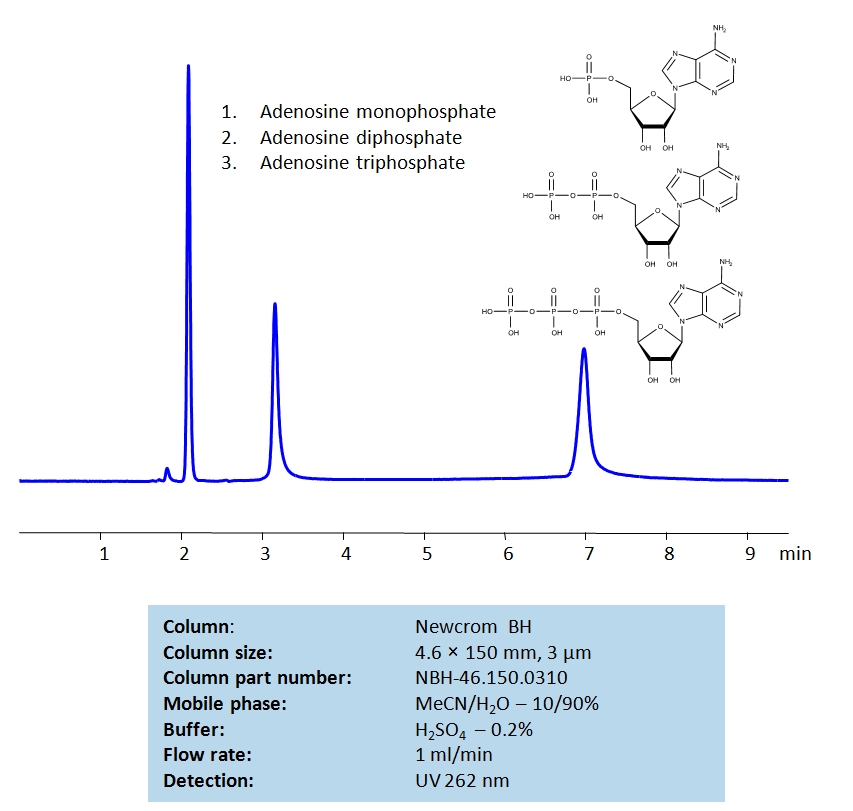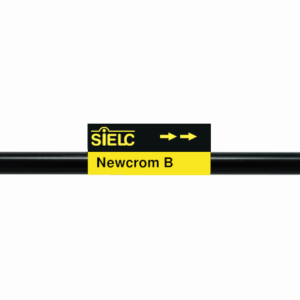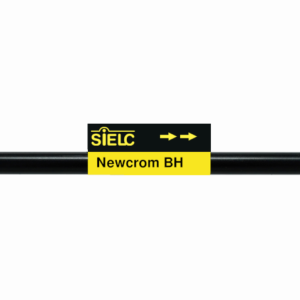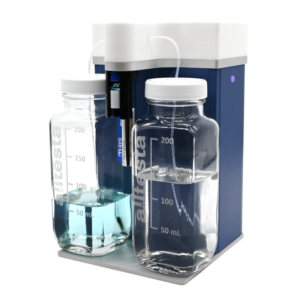Separation type: Liquid Chromatography Mixed-mode

High Performance Liquid Chromatography (HPLC) Method for Analysis of Adenosine monophosphate (AMP), Adenosine diphosphate (ADP), Adenosine triphosphate (ATP)
Adenosine mono-, di- and triphosphates are key components of the cell’s energy ecosystem. Adenosine triphosphate (ATP) is the main unit of energy used in the cell. When it is ‘spent,’ it is converted to adenosine diphosphate (ADP); it is often converted back to ATP to be reused. Adenosine monophosphate can be converted to ADP (and subsequently ATP), but it is also a key factor in RNA synthesis.
Using a Newcrom B mixed-mode column and a mobile phase consisting of water and acetonitrile with a sulfuric acid (H2SO4) buffer, adenosine mono-, di- and triphosphate can be separated, measured, and analyzed. This method can UV detect this family of compounds at 262 nm with very high resolution.
| Column | Newcrom BH, 4.6×150 mm, 5 µm, 100A |
| Mobile Phase | MeCN/H2O – 10/90% |
| Buffer | H2SO4 – 0.2% |
| Flow Rate | 1.0 ml/min |
| Detection | UV 262nm |
| Class of Compounds | Acid, Hydrophilic |
| Analyzing Compounds | Adenosine monophosphate (AMP) Adenosine diphosphate (ADP) Adenosine triphosphate (ATP) |
Application Column
Newcrom B
The Newcrom columns are a family of reverse-phase-based columns. Newcrom A, AH, B, and BH are all mixed-mode columns with either positive or negative ion-pairing groups attached to either short (25 Å) or long (100 Å) ligand chains. Newcrom R1 is a special reverse-phase column with low silanol activity.
Select optionsNewcrom BH
The Newcrom columns are a family of reverse-phase-based columns. Newcrom A, AH, B, and BH are all mixed-mode columns with either positive or negative ion-pairing groups attached to either short (25 Å) or long (100 Å) ligand chains. Newcrom R1 is a special reverse-phase column with low silanol activity.
Select optionsAdenosine Monophosphate
Adenosine Triphosphate






